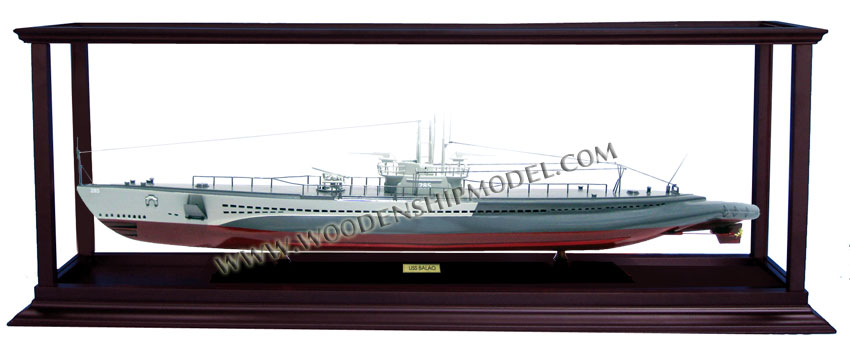|
HISTORY
 HMAS
Collins (SSG 73) is the lead vessel of the six-submarine Collins
class operated by the Royal Australian Navy (RAN). HMAS
Collins (SSG 73) is the lead vessel of the six-submarine Collins
class operated by the Royal Australian Navy (RAN).
Named for Vice Admiral Sir John Augustine Collins, Collins was laid
down in February 1990, and was the only submarine of the class to be
partially constructed by Kockums' Malmo shipyard. The boat was
launched in August 1993, but was not completed until ten months
later. Numerous problems with the class were exposed by the lengthy
sea trials period undertaken by the boat; Collins was not
commissioned into the RAN until mid-1996, eighteen months behind
schedule, and the submarine was not cleared for operational
deployments until 2000.
Operational history
In May 1997, two groups of six female sailors were posted to Collins
and Farncomb as a test on the feasibility of mixed-sex crews aboard
submarines. Following the trial's success, eleven female sailors and
one female officer commenced training for the submarine service in
1998.
In mid-2000, Collins was sent to Ketchikan, Alaska for noise testing
with the United States Navy. Although noise testing in Australia was
believed to have been affected by natural background noise, the
Alaskan tests confirmed the Australian results.Low-speed testing
showed that the Collins class was almost undetectable at patrol
speed.
In August 2000, Collins became the first of her class to fire a
Harpoon missile.
When Collins returned to the ASC facility in April 2001 for a
year-long maintenance docking, multiple welding defects were found
in both the bow and escape tower sections of the submarine—the two
sections constructed by Kockums, while almost no problems were found
in the welding of the four Australian-built sections. Repairing
these welds quadrupled the time Collins spent in dock.
In July 2009, while exercising in the Great Australian Bight, two of
the three diesel generators aboard Collins failed, forcing the
submarine to limp back to base. The cause was believed to be errors
during the submarine's last refit, with the boat undergoing major
maintenance as of December 2009. Althougn back in service by
February 2010, the boat was limited in her duties, but was predicted
to be fully operational by May 2010. The Australian government is
seeking A$5 million in compensation from ASC for the error.
During the first part of 2012, Collins participated in numerous
naval exercises, before commencing a full-cycle maintenance docking.
The submarines are predicted to have an operational life of around
30 years, with Collins to be decommissioned around 2025.
|

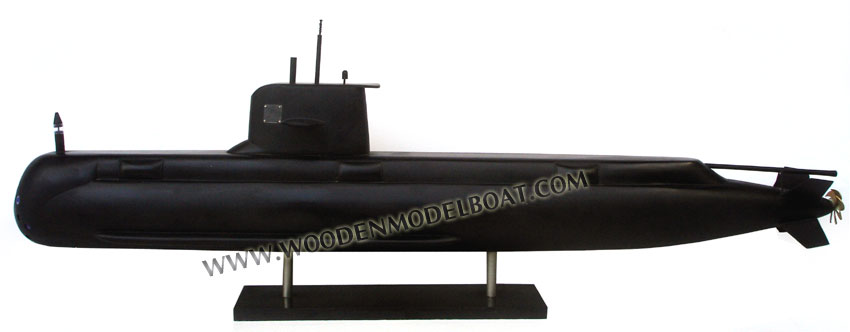
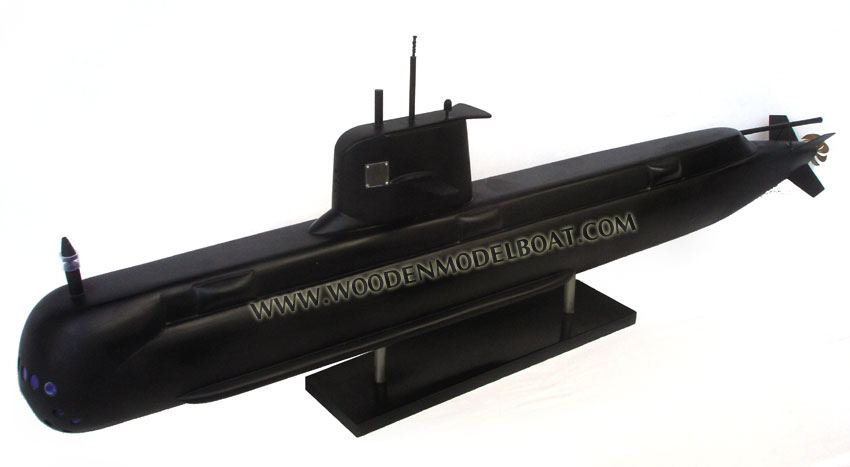
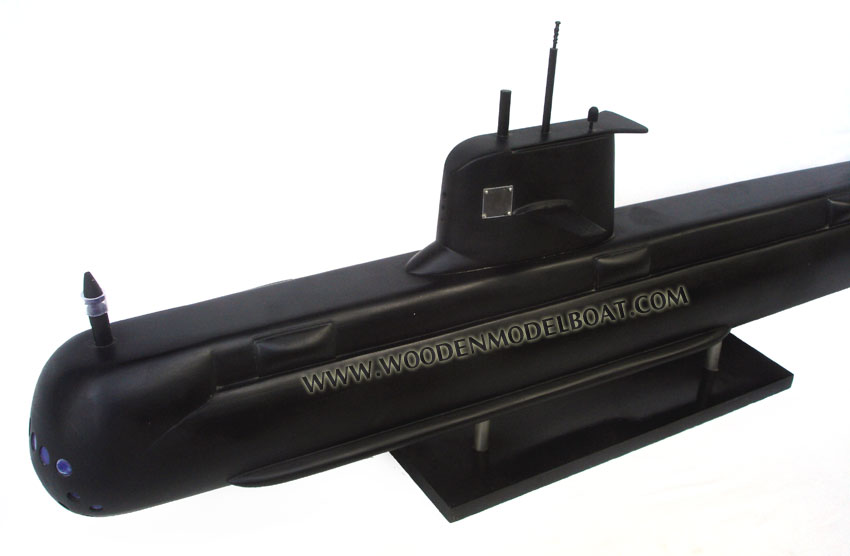
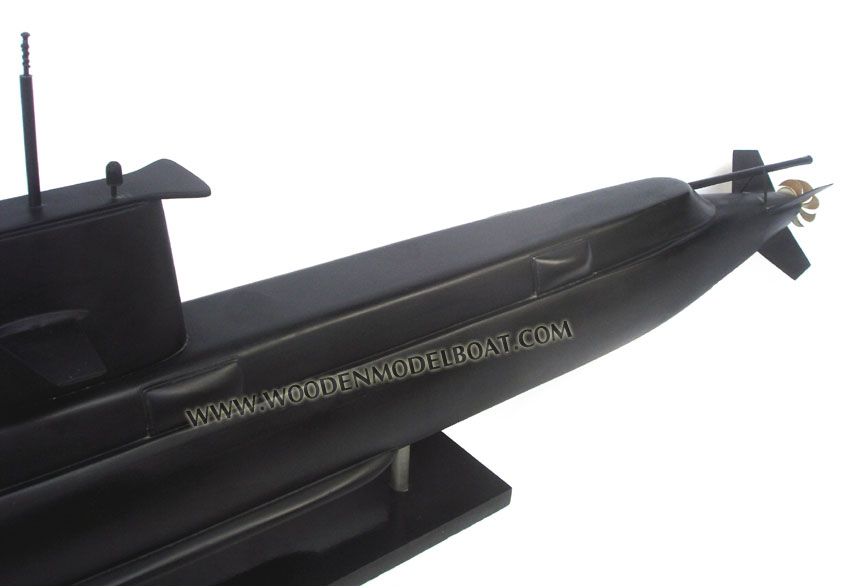
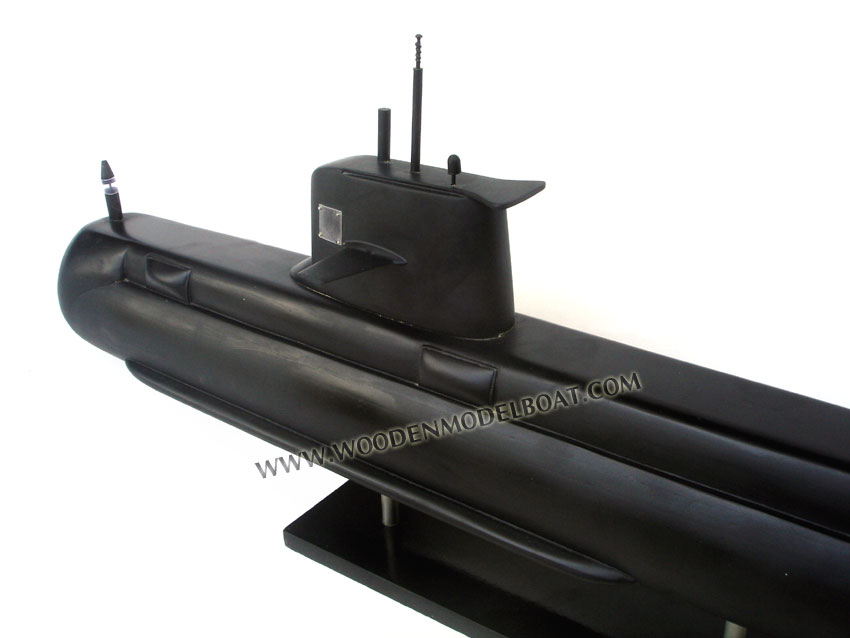
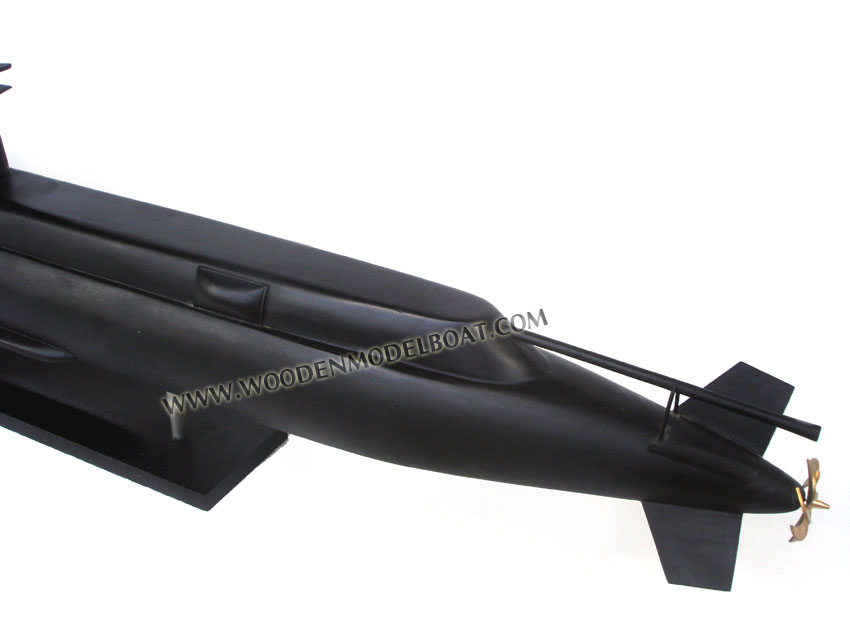
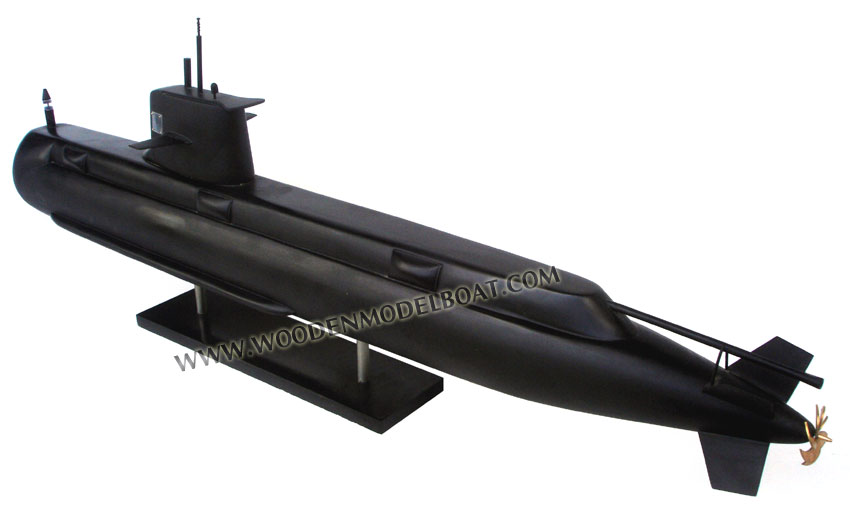
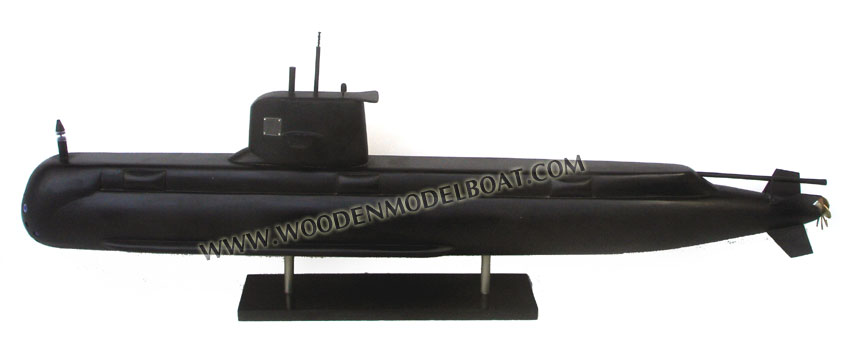
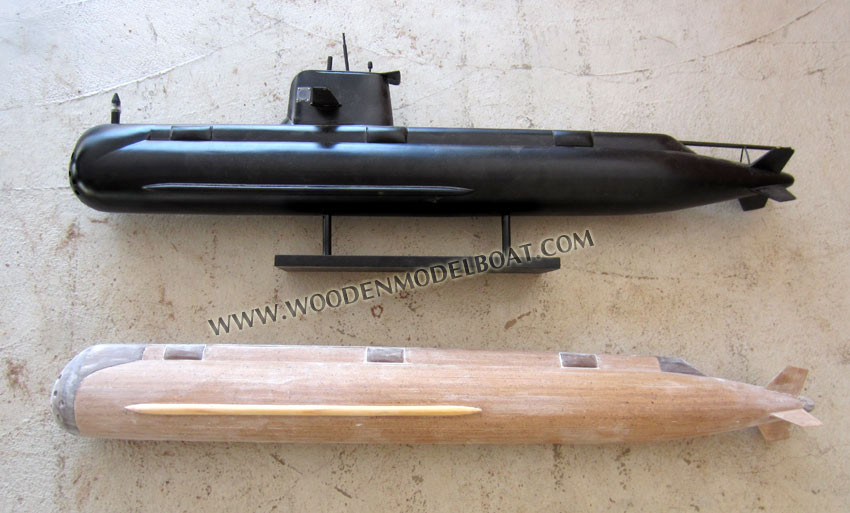
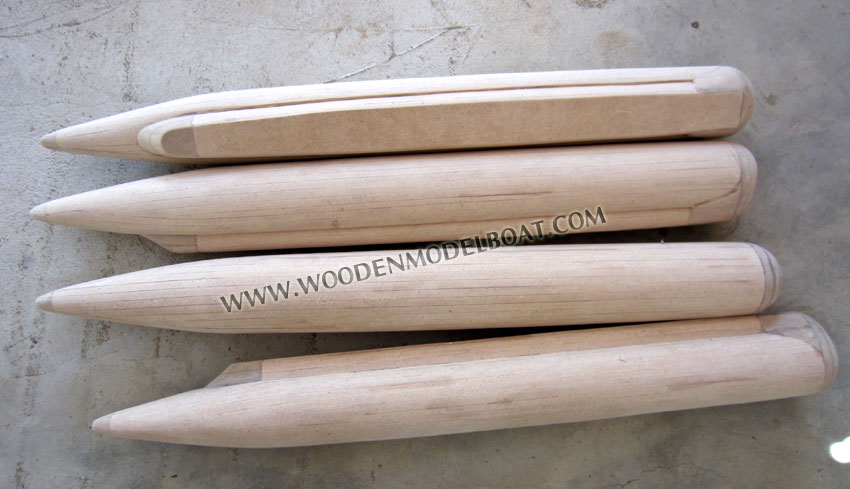
 HMAS
Collins (SSG 73) is the lead vessel of the six-submarine Collins
class operated by the Royal Australian Navy (RAN).
HMAS
Collins (SSG 73) is the lead vessel of the six-submarine Collins
class operated by the Royal Australian Navy (RAN).